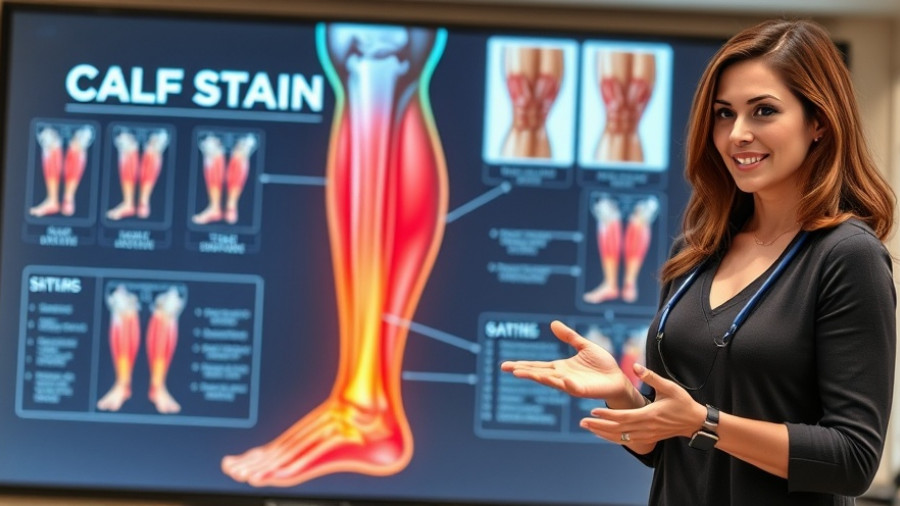
Understanding the Difference: Strain vs. Sprain
If you've ever felt discomfort while exercising or playing a sport, you might have wondered whether you've strained a muscle or sprained a ligament. It's important to understand these two injuries since their treatment and recovery differ significantly.
In 'Strain vs Sprain,' the discussion dives into the crucial differences between these common injuries, exploring key insights that sparked deeper analysis on our end.
The Fundamentals of Strains
A strain occurs when a muscle or a tendon (the tissues that connect muscles to bones) gets stretched or torn. This kind of injury often happens during physical activities that require sudden movements, like sprinting or lifting heavy objects. Picture this: you’re running to catch a ball, and you feel a sharp pain in your leg—that's a strain in action. Symptoms usually include pain, muscle spasms, and swelling. Treatment often involves rest, ice, compression, and elevation, collectively known as R.I.C.E.
What Exactly is a Sprain?
Conversely, a sprain involves the ligaments, which connect bones to each other at a joint. Sprains commonly affect areas like the ankles and knees, often occurring when you twist or fall awkwardly. If you’ve ever rolled your ankle during a sports game, you've likely experienced a sprain. Symptoms can include pain around the affected joint, swelling, bruising, and restricted movement. Like strains, sprains are treated using the R.I.C.E method, but severe sprains may require physical therapy and even surgery.
How Can Families Stay Injury-Free During Sports?
For families and sports enthusiasts, understanding these injuries can mean the difference between a fun game day and a trip to the ER. To prevent strains and sprains, it's essential to warm up before physical activities, stay hydrated, and wear proper protective gear. Just think of it as giving your body the shield it needs to enjoy sports without worry!
Exploring Naturopathic Approaches to Recovery
As a naturopathic doctor, integrating holistic practices can enhance recovery from strains and sprains. Techniques such as aromatherapy, acupuncture, and gentle stretching can aid in pain reduction and improve overall healing time. Nutrition also plays a role; a diet rich in anti-inflammatory foods like turmeric, ginger, and omega-3 fatty acids can promote faster healing.
Emotional and Physical Resilience
It’s worth noting that injuries take a mental toll as well. It's normal to feel frustrated or anxious about recovery times and the fear of re-injury. A supportive family environment, open communication about feelings, and setting realistic recovery goals can help individuals bounce back stronger, both physically and emotionally.
In conclusion, being informed about the distinctions between strains and sprains not only aids in quick recovery but also enhances your overall sporting experience. Whether you’re an avid sports enthusiast or just looking to keep your family safe during activities, understanding these injuries is essential for optimal performance and health.
 Add Row
Add Row  Add
Add 




Write A Comment